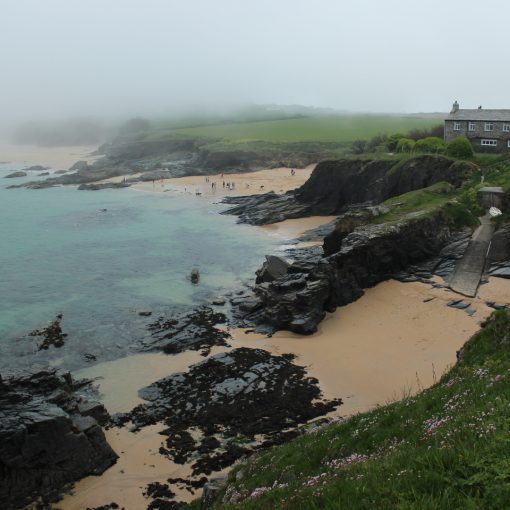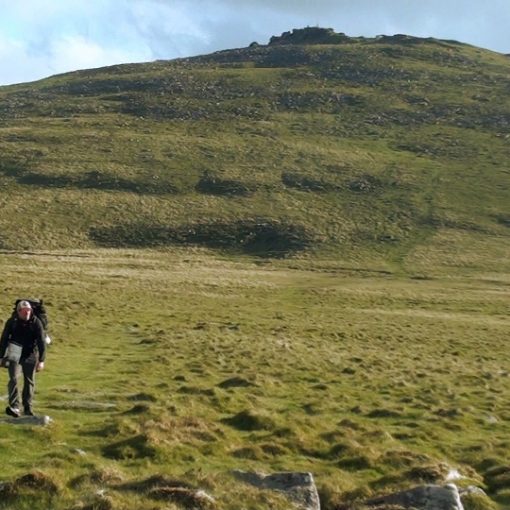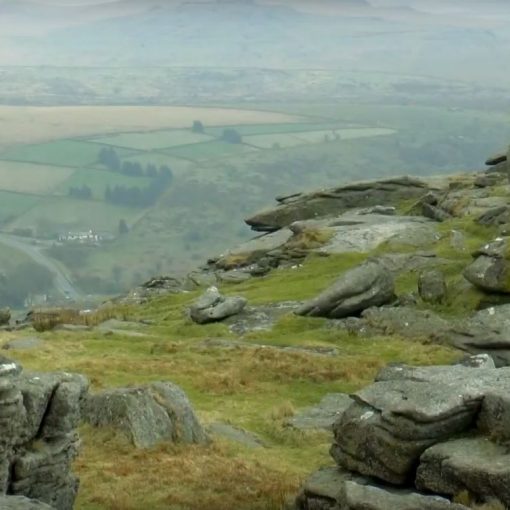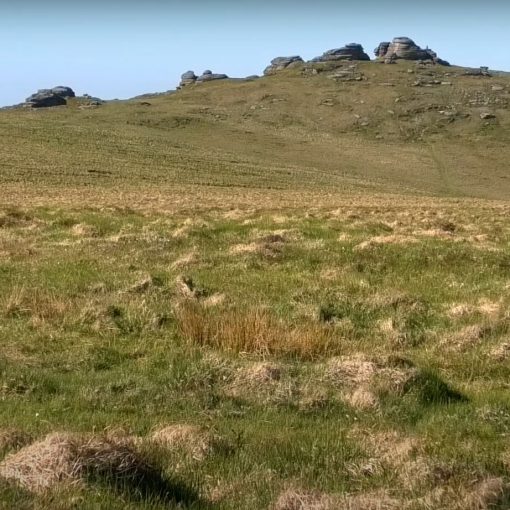
Trev here, from Summit or Nothing. As you may well know, I have set myself the challenge of walking the entire length of the South West Coast Path, from Minehead in Somerset, to Poole Harbour in Dorset, and with over 280 miles under my belt already, I am well on my way.
It is a great environment to walk, with some stunning scenery, a plethora of wildlife and some really picturesque and historical locations to see along the way. I highly recommend this National Trail to any keen walkers.
But what do you need to know before you start? Below are some answers to some frequently asked questions that you may wish to consider before you take part on Britain’s longest hiking trail.
You can find our collection of vlogs of my South West Coast Path journey on the Summit or Nothing YouTube Channel, so make sure that you have subscribed and highlighted the bell icon in order to receive notifications of additional videos. But first, allow me to answer some frequently asked questions about the South West Coast Path.
How long is the South West Coast Path?

At 630 miles long, and covering 4 counties; Somerset, Devon, Cornwall and Dorset.
The South West Coast Path is the UK’s longest National trail, and can be split up into 7 areas, Exmoor, North Devon, North Cornwall, West Cornwall, South Cornwall, South Devon and Dorset.
It is also worth noting that walking the South West Coast Path is the same as climbing Everest Four times. Amazing, right?
Can anyone walk the South West Coast Path and what are the benefits?
As with any walking, the benefits are enormous. Walking is highly recommended to improve both physical and mental health. However, walking the South West Coast Path is a lot harder than a stroll around a lake, or a park, the terrain is often uneven, often very steep, slippery during wet seasons, and so it may not be for everyone.

There is a lot of descending and ascending, very often over steep ground, which is a great place to improve your stamina levels. Since I have been doing this path, I have noticed a massive improvement to my own stamina, health and well being. It has been a great training ground for my mountain hiking, which is good considering there are no mountains in the south west to train on.
If you are unsure, it may pay to walk some of the shorter sections or even try some of the many circular walks at first before you take the plunge.
How long does it take to walk the South West Coast Path?

The South West Coast Path guide Book that I read, suggests that the walk would take 9 weeks if done in one stint, but it can be done quicker than that or at a more leisurely pace if you prefer.
The Guide book is worth getting to research your walk, as it breaks down the route into daily walks. Many people do walk it in one hit as a walking holiday, and the guide book contains as much information as you can require, including everything from B&B numbers to ferry and bus timetables.
There are many B&B’s that offer a shuttle service to transport your luggage from one destination to the next, so that all you have to do is carry on your walk is your day pack.
It isn’t always as easy for us all to find the time to do this in one hit, so again, referring to the book will give you a great sense of how much you can do at a time. As I live in the South West, I usually just do a day at a time, as and when I get a spare day, but it really is up to you how much or how little you tackle at once.
What kind of backpack do I need to walk the South West Coast Path?
When I walk the Coast Path, it has most often been on day walks, so I usually take a day pack with me.
My Trespass 30L rucksack is a good bag to take, it is lightweight and cheap, it has a breathable backspace and can hold my trekking poles too. However, there is only one main compartment though, so you may wish to take a dry bag to store any spare clothes or items that you wish to keep separate from your food and water.
Also, my Karimoor Urban 30L backpack has been a great backpack to take on the South West Coast Path. It is a little more robust than the Trespass, has numerous pockets and compartments, and the large compartment has a laptop pouch and also acts as a pretty effective cool bag. It doesn’t have the additional loops for trekking poles though.

If you are planning on camping as you go, then, obviously, you will have to take a larger pack to carry the additional equipment required.
There are so many to choose from, and so much variety of backpacking gear that the sizes are relevant to you and your equipment. I have a few that I would consider using when I finally camp on the coast. They do say that the larger the pack the more likely you are to fill it, so it is wise to keep the size and weight down, especially on such hard terrain as the South West Coast Path
For the summer, if I camp, I intend to either use the Trespass 30L with my DD Hammocks Superlight tarp shelter or my Quechua Forclaz lightweight 50L backpack that would be a better size to fit a tent.
My Vango Sherpa 65L is a larger pack and would be better suited to fit the additional gear in required colder seasons.
As with any backpacks, though, you may wish to purchase additional rain covers for them though, make sure the cover is the same size as the backpack though. Out of all the above, only the Sherpa comes with a rain cover.
Do You need a map when walking the South West Coast Path?

Although Maps are not essential, as the South West Coast Path is generally well sign posted (just follow the acorn), it’s always handy to have a map with you to keep an eye on where you are going, as well as looking out for alternative routes in case you need to get off of the trail at anytime.
I prefer to use the A-Z books, as they are handy sized, don’t need folding and are just as detailed as an OS Map.
What kind of footwear is suitable for walking the South West Coast Path?
As with any long distance walking, it is best to have the best footwear possible for the job. (I recently tested out some hiking socks for the Restless Backpacker website, you can read my review here.)
The big question is, should you wear hiking boots or will hiking shoes suffice? In the past I always wore a decent pair of hiking boots for my coastal walks, either my Karrimor Jaguar Event Boots, which have high ankle support or my Berghaus Hillmaster boots, which have a far superior grip than the Karrimors, which is ideal for going off the beaten track.

However, I wore these hiking boots along the stretch between Instow and Braunton, a lot of walking on the tarmac Tarka Trail and at the end of the day I was in absolute agony.
More recently, however, I have been wearing hiking trainers, and for the longer distances, this has been liberating. My Columbia Conspiracy V are extremely lightweight, and I feel far more agile in them. These have become my ideal hiking shoe.
Although some would argue in favour of a boot for ankle protection, some suggest that wearing trainers goes further to strengthen your ankles, so it is really down to preference.
What wildlife can I expect to see walking the South West Coast Path?

The British coastline has an abundance of wildlife along it. On my journeys I have seen a variety of animals, including numerous birds (such as Kestrels and Falcons, and even a Chough), to rodents (a field mice, and numerous squirrels), to reptiles (I’ve spotted a lizard and two adders) and of course there is the chance to see a variety of sea mammals and maybe a shark too.
I have spotted seals on many occasions, the most were at Godrevy in West Cornwall near Hayle, but I have yet to spot any dolphins, or even Baskin Sharks that often drift about off of the coast.
Apart from the animals there is also an abundance of interesting and unique forna and flora to spot along the way, a highlight for me is always the white bluebells in the springtime.






You can follow my progress along the South West Coast Path in two different playlists, one which charts the journey in Geographical order from Minehead to Poole, the other which follows my journey in the order of which I tackled it, which is somewhat willy nilly. Either way, we would love it you Subscribed to Summit or Nothing on YouTube to show your support and to keep up to date with our various adventures





Leave a Reply